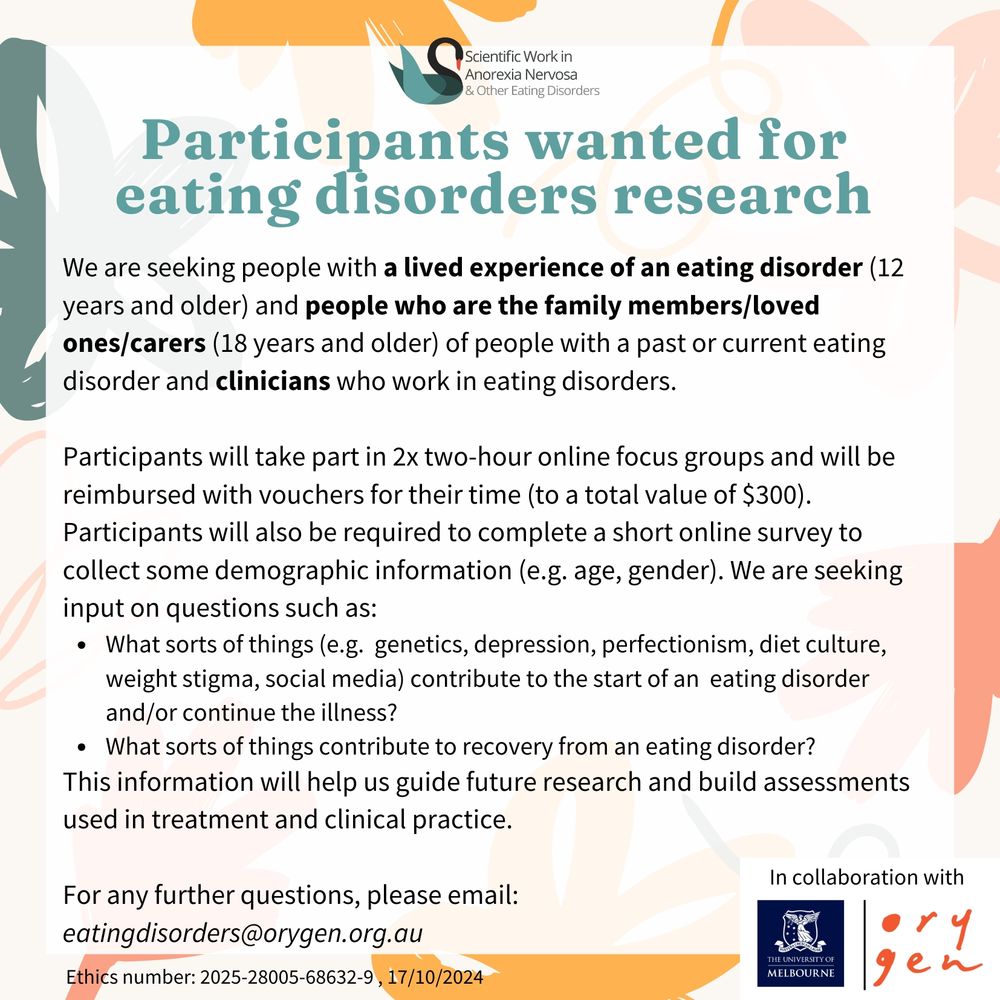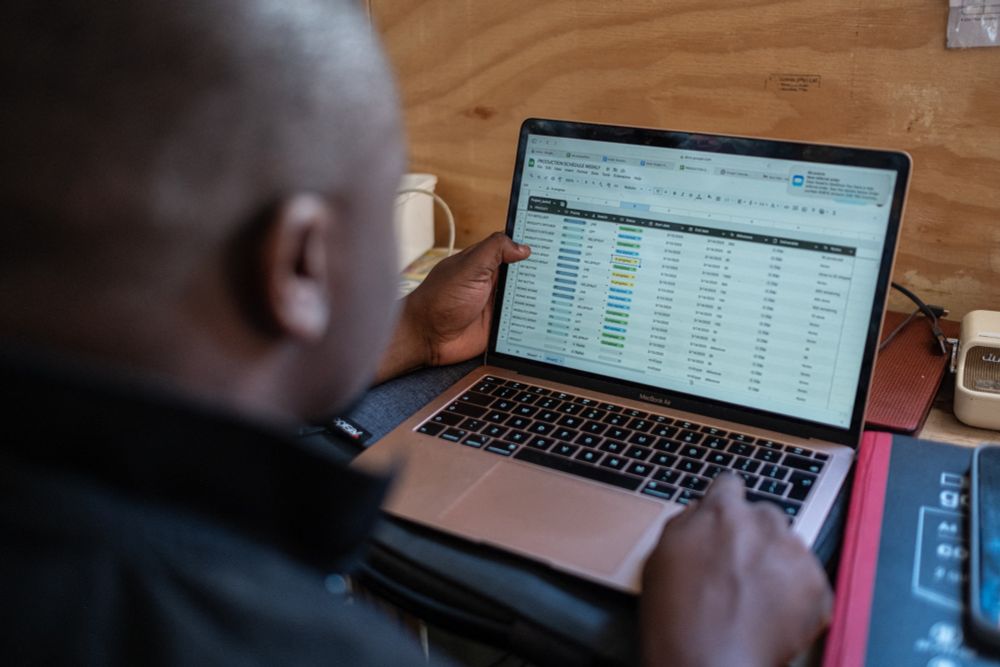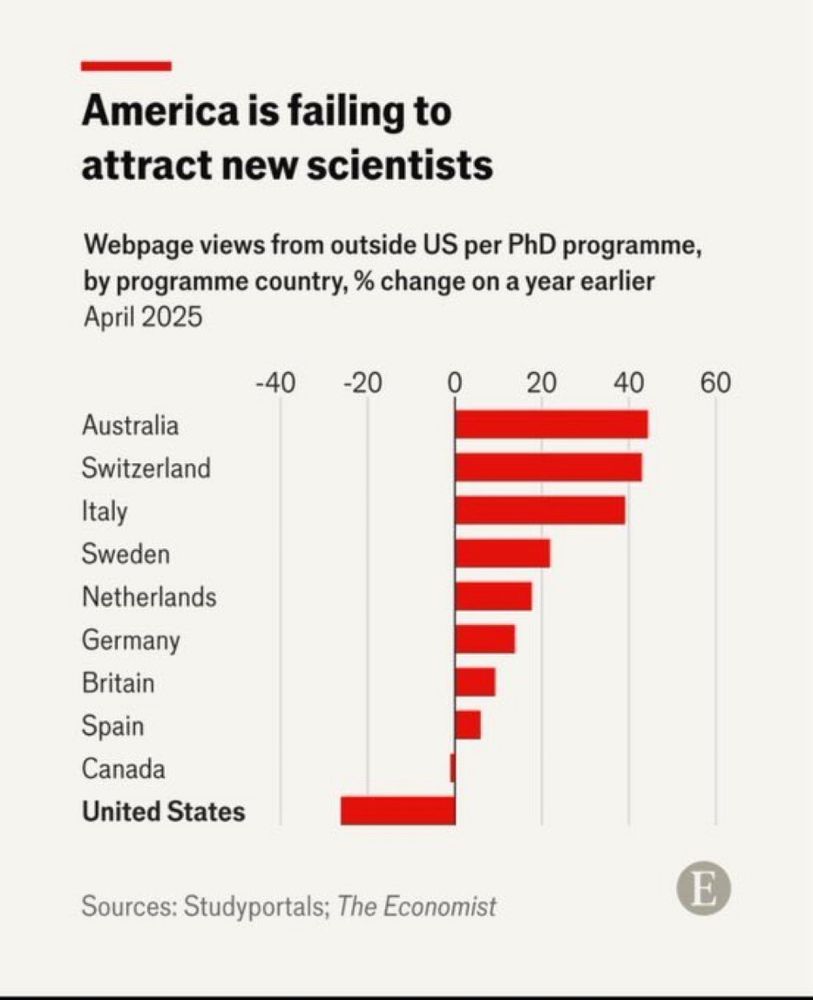
I also lecture at the University of the Sunshine Coast when I'm not at the beach.
The position is funded as part of the Excellence Cluster "The Adaptive Mind" at @jlugiessen.bsky.social.
Please apply here until Nov 25:
www.uni-giessen.de/de/ueber-uns...

The position is funded as part of the Excellence Cluster "The Adaptive Mind" at @jlugiessen.bsky.social.
Please apply here until Nov 25:
www.uni-giessen.de/de/ueber-uns...
tl;dr: you can now chat with a brain scan 🧠💬
1/n



However, increasing N, particularly with lots of DVs, makes very small confounds more likely to produce a statistically significant result.
However, increasing N, particularly with lots of DVs, makes very small confounds more likely to produce a statistically significant result.
Friction is an essential ingredient for learning! Convenience makes us shallow.
academic.oup.com/pnasnexus/ar...
#RecreationalFear
Article written by Thomas Fowles:
www.usc.edu.au/about/unisc-...

#RecreationalFear
Article written by Thomas Fowles:
www.usc.edu.au/about/unisc-...
11/11

11/11
www.nature.com/articles/s41...
10/10

2/10
"It is not entirely clear what prompted the cow connection. Informally we referred to this project as the multi-site overview of oscillations (MOO) which got the ball rolling, after which we decided to milk it for all it was worth."
royalsocietypublishing.org/doi/10.1098/...

"It is not entirely clear what prompted the cow connection. Informally we referred to this project as the multi-site overview of oscillations (MOO) which got the ball rolling, after which we decided to milk it for all it was worth."
royalsocietypublishing.org/doi/10.1098/...
au.mathworks.com/help/matlab/...
au.mathworks.com/help/matlab/...
doi.org/10.5281/zeno...
We unpick the tech industry’s marketing, hype, & harm; and we argue for safeguarding higher education, critical
thinking, expertise, academic freedom, & scientific integrity.
1/n




doi.org/10.5281/zeno...
We unpick the tech industry’s marketing, hype, & harm; and we argue for safeguarding higher education, critical
thinking, expertise, academic freedom, & scientific integrity.
1/n

www.cac.gov.cn/2025-03/14/c...
Translating in 🧵.

www.cac.gov.cn/2025-03/14/c...
Translating in 🧵.
#Neuroscience
plos.io/41p9iLw

#Neuroscience
plos.io/41p9iLw
In our new paper out at QJEP 🎉 we show that:
👉 Having a choice over what you read makes reading more enjoyable
👉 …and makes people willing to pay more for books

In our new paper out at QJEP 🎉 we show that:
👉 Having a choice over what you read makes reading more enjoyable
👉 …and makes people willing to pay more for books
🫣🫣🫣
www.arxiv.org/abs/2508.13421

🫣🫣🫣
#ecvp2025 @ecvp.bsky.social

#ecvp2025 @ecvp.bsky.social

📘 www.mheducation.co.uk/statistics-f...
#PsychSciSky #neuroskyence #statistics #statssky
@rhulpsychology.bsky.social

📘 www.mheducation.co.uk/statistics-f...
#PsychSciSky #neuroskyence #statistics #statssky
@rhulpsychology.bsky.social

We modelled respiratory sensitivity (i.e., the just noticable resistance) and precision (i.e., slope), and metacognition (how well confidence tracks accuracy).
www.sciencedirect.com/science/arti...





